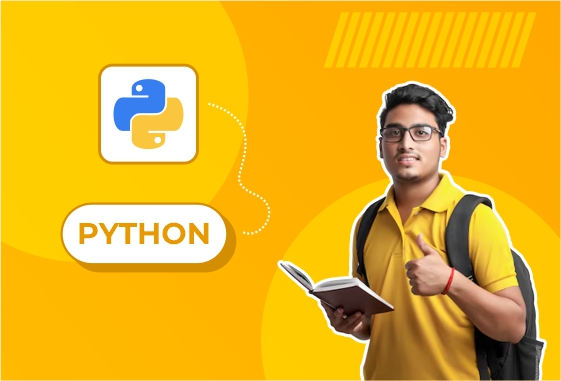
Smart Farming with IoT
Project Title: Smart Farming with IoT
Objective:
To enhance agricultural productivity and sustainability by integrating IoT sensors and data analytics to monitor crop health, soil conditions, weather, and equipment—enabling precision farming and real-time decision-making.
Key Components:
IoT Sensor Integration:
Deploys sensors to collect data on soil moisture, temperature, humidity, pH levels, light intensity, and crop growth.
Devices like drones, automated irrigation systems, and GPS-equipped machinery are also connected.
Data Collection & Transmission:
Uses wireless networks (e.g., LoRaWAN, Wi-Fi, GSM) to transmit sensor data to cloud servers or edge devices.
Data collected in real-time or at defined intervals for storage and analysis.
Data Preprocessing:
Cleans, normalizes, and interpolates raw sensor data.
Handles missing values, outliers, and sensor noise.
Predictive Analytics & ML Models:
Crop yield prediction using regression models.
Disease/pest detection using image classification or anomaly detection.
Irrigation scheduling with time series forecasting and environmental modeling.
Automation & Control:
Automatically controls irrigation, fertilization, or ventilation systems based on predictive insights.
Implements threshold-based alerts and actuator commands.
Dashboard & Visualization:
Real-time dashboards for farmers showing actionable insights like:
Optimal watering times
Pest risk alerts
Growth trends and productivity maps
Sustainability & Resource Optimization:
Minimizes water and fertilizer usage.
Promotes eco-friendly farming through targeted interventions and reduced waste.
Outcomes:
Increased crop productivity and resource efficiency.
Reduced manual monitoring and improved decision-making.
Promotes sustainable agriculture through tech-enabled farming.
Scalable solution for small and large-scale farms.





